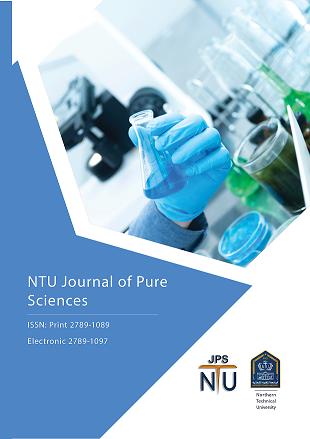Detection of gold particales in Fusarium oxysprum and Leaves,Stems of Brassica
DOI:
https://doi.org/10.56286/ntujps.v2i3.509Keywords:
Brassica, gold particales, Fusarium oxysporumAbstract
The recently used the technology of biologically producing gold particles, although not much is known about it, its effect on the plant and its development, the extent of the plant’s ability to withdraw it from the growth medium, the mechanism of its transfer to the plant and its sedimentation within it, the percentages of its accumulation and its sizes, and how it affects the plant positively or negatively. The current study aimed to reveal Gold (Au) particles in the mycelium of Fusarium oxysporum, isolated from the soil of the fields of the Agricultural Technical College, Mosul, as well as in the vegetative parts of the Indian and wild variety of mustard plant. At a concentration of 6 ml and a size of 20.90 nm. As for the two cultivars of the mustard plant, 0.2% gold particles were found in it, while the leaves of the wild variety did not have precipitation of particles, and the particle size ranged from 20.90-776.73 nm. Particles were detected using a scanning electron microscopy (SEM) technique and an EDX meter.
Downloads
Downloads
Published
Issue
Section
License
The journal applies the license of CC BY (a Creative Commons Attribution 4.0 International license). This license allows authors to keep ownership of the copyright of their papers. But this license permits any user to download, print out, extract, reuse, archive, and distribute the article, so long as appropriate credit is given to the authors and the source of the work. The license ensures that the article will be available as widely as possible and that the article can be included in any scientific archive. Creative Commons License This work is licensed under a Creative Commons Attribution 4.0 International License.





